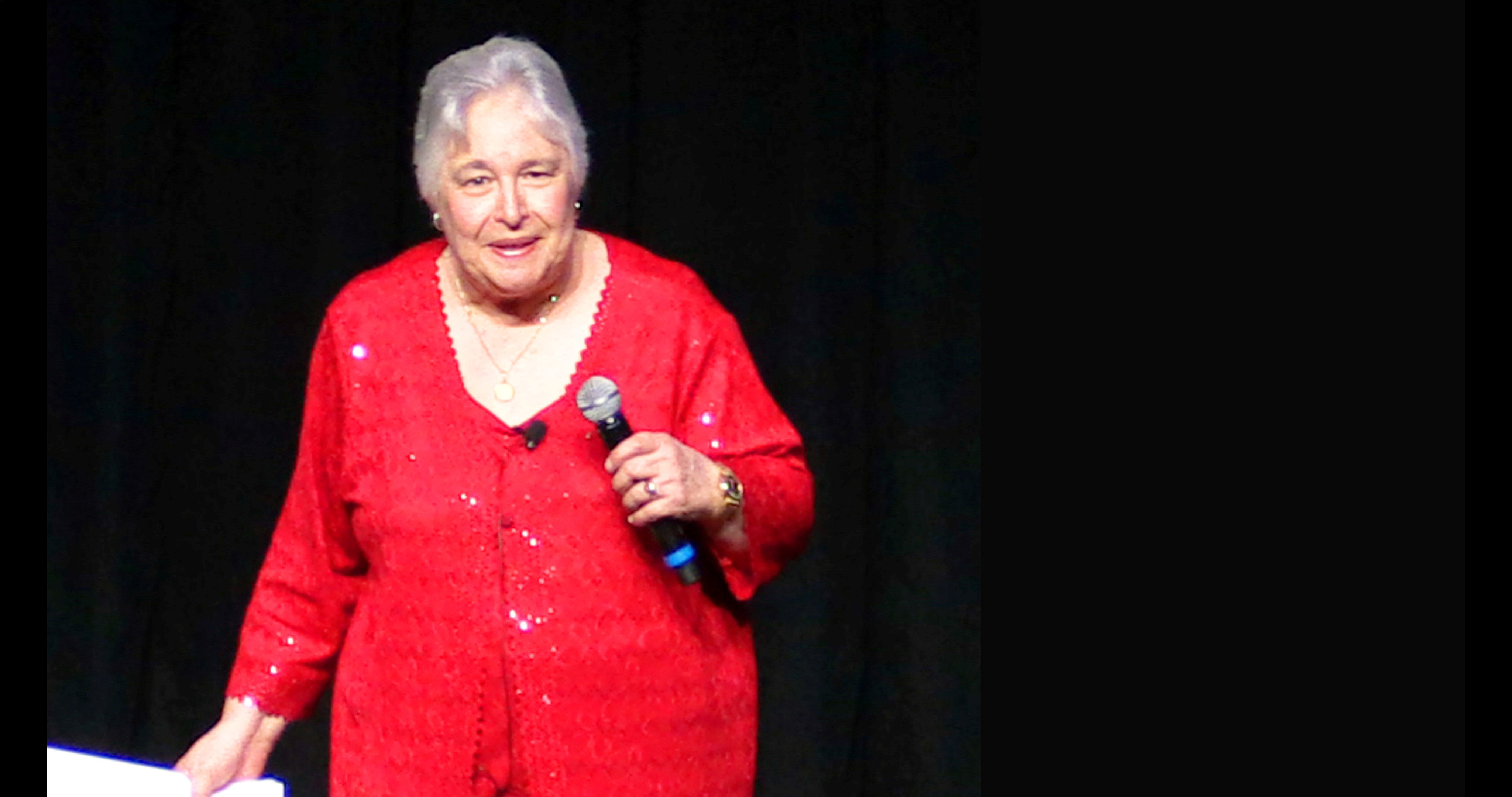How to Maintain Strong Leadership in Your Organization
April 3, 2019
New Guidelines for Nonprofits by Kathleen Robinson & Jimmy LaRose
April 6, 2019How and Why Nonprofits Need to Think Differently
It’s much easier to learn something completely new than to unlearn an old habit. Just ask any parent. It’s why children are taught essential functions at an early age: they haven’t yet learned the wrong way to do things. Movement, language, mannerisms—it’s crucial that these fundamentals are properly taught to avoid the potentially painstaking unlearning process during adolescence.
Nonprofit Hub is trying to serve as that nurturing parent who teaches their children—in this case, new or yet-to-be nonprofits—the right way to do things, the smart way to do things. And, just like actual parents, it’s necessary that we teach the fundamentals during a nonprofit’s infancy to avoid an organizational unlearning even more daunting than a child’s.
Common misconceptions
Perhaps the most dangerous thing that nonprofits have been taught—or have adopted—is the mindset that they need to make the biggest possible impact with the least resources as possible. As a result, nonprofits are paying their employees less, using outdated, sometimes broken equipment, operating out of basements and rundown buildings, the list goes on. It’s a horrible way to think, especially considering the nonprofit sector’s undying turnover problem. Nonprofit workers are our communities’ backbone—failing to invest in them is failing to invest in the causes we care about.
There also seems to be a major misconception about where a new nonprofit’s money comes from. “Well, from grants of course!” Not so much. Grants are incredibly hard to come by as a startup, and as the nonprofit sector becomes even more saturated, it’s going to become harder yet. If you plan to secure grants to fund your nonprofit’s infancy, please, please think again. You need to have a backup plan in place. Grants work very well for some organizations, but for the rest of us you’ll need to raise money in other ways that aren’t as sexy: grassroots fundraising, major gifts appeals, incessantly nagging your friends and family. Grants, in almost all cases, should be used as a supplementary funding source, not a primary one.
Changing the way we think
Part of how we do this is with our Starting a Nonprofit class, offered each quarter, for folks who think (or know) that a nonprofit is the best way to help a cause they care about. I’ve started a handful of nonprofits myself, and I’d like to think I know when an idea has serious potential. But part of my class is to challenge people to think of what other forms their idea might take: a stand-alone campaign, a partnership with an existing organization, even a for-profit corporation. It’s important to understand that it might not be a nonprofit you want to start—after all, there are myriad ways to support a cause that don’t involve incorporation as a 501(c)(3).
Another way we’re trying to be the “parents” for our readers is through this blog. There are dozens, maybe hundreds of nonprofit education blogs out there, but we’re trying to make our readers think a little differently. The nonprofit landscape is changing—there’s no doubt about it—and our content is meant to guide you through some uncharted waters. That’s why we write ad nauseam about things like earned income revenue models, treating your nonprofit like a business, leadership transitions and culture.
We launched the What’s Next? Hubcast series last year, which investigates what’s on the horizon for nonprofits in the next five to ten years. If you haven’t checked it out, I strongly suggest you do so. We’ve had incredible guests who always bring perspectives I never thought of before. They’re helping me think differently!
Who else to look to
We aren’t the only ones urging nonprofits to think differently, to be sure. Vu Le, Kishshana Palmer, Ben Bisbee, Edgar Villanueva and more are putting out awesome content about how we can turn a page as an industry and focus on building stronger communities and a healthier world.
If you have thoughts on how the nonprofit industry can think differently for the better, take them to the comments or shoot us a note at [email protected].
The post How and Why Nonprofits Need to Think Differently appeared first on Nonprofit Hub.
